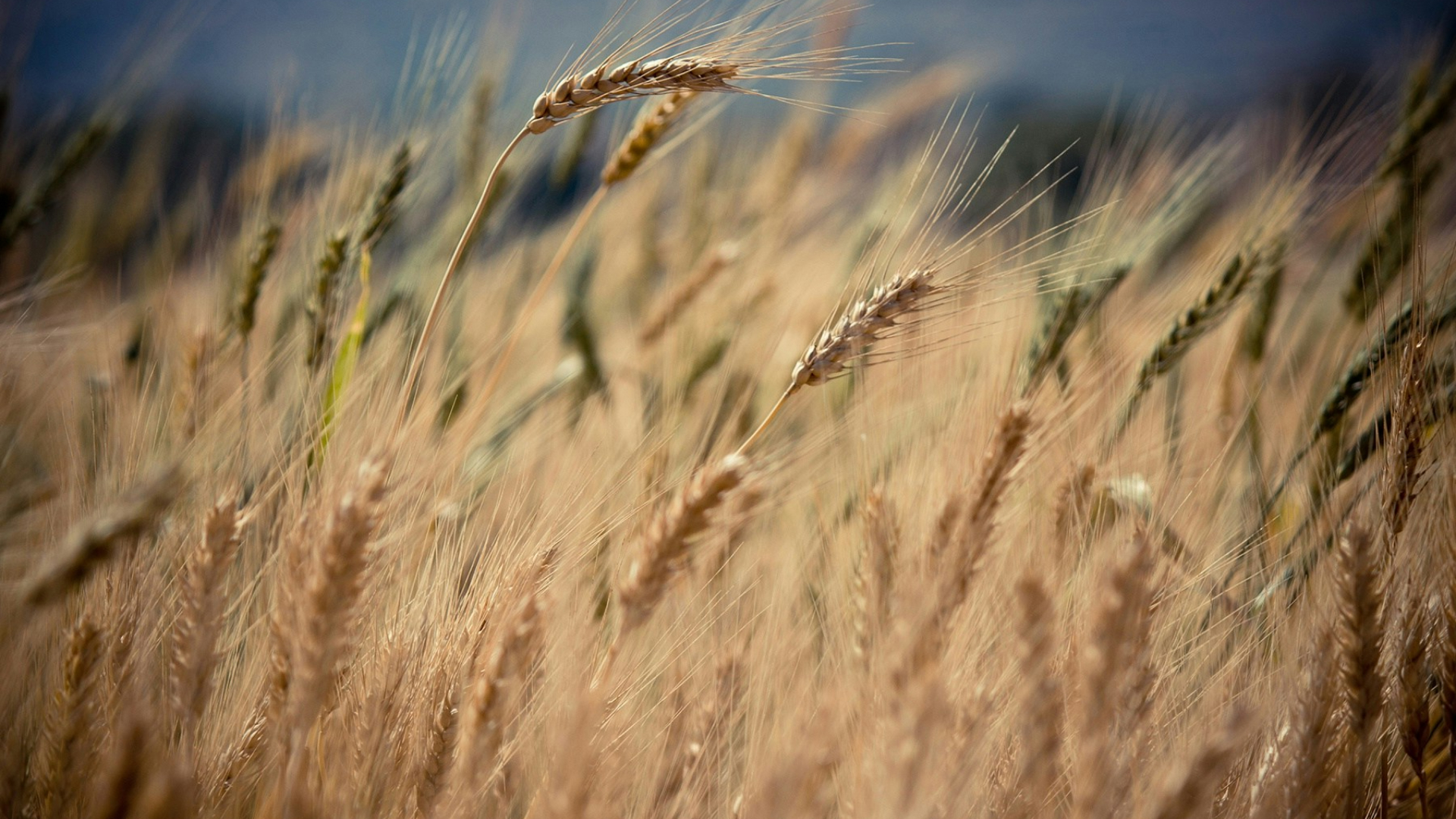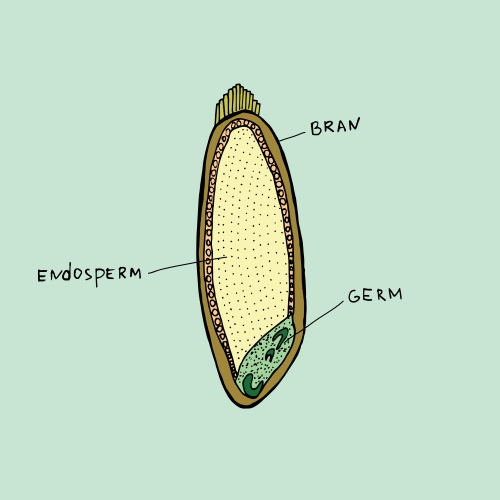Your cart is currently empty!


Discover the Rich Heritage and Benefits of Stone-Ground Flour
Preserving Tradition, Nutrition, and Sustainability Through Stone Milling
The Mill: Where History Meets Innovation

At Early Bird Farm & Mill, we believe that flour is more than just an ingredient—it’s a connection to history, health, and sustainability. Our stone-ground flour is crafted using traditional methods that honor centuries-old milling practices while integrating the values of modern regenerative farming.
Unlike industrial milling, which strips grains of their nutrient-dense layers, stone milling retains the whole grain’s integrity—delivering flour that’s not only rich in flavor but also packed with essential nutrients like fiber, B vitamins, and antioxidants.
This belief led us to invest in a custom Astrié mill, designed by French artisans with mill stones crafted locally using Sierra Nevada granite. The Astrié mill’s revolutionary design gently “unrolls” grains at a lower temperature to preserve nutrients and flavor, delivering flours as nutritious as they are delicious.
Our newest product line, “Clair de Farine,” is coming soon. These products will be milled exclusively on the Astrié mill. Our Clair de Farine line of flours will be elegant and versatile, offering a silky texture, gentle aroma, and superior baking performance.
Why Stone-Ground Flour Matters

Stone milling is a slower, more deliberate process that captures all the value in the grain. This method offers significant advantages:
- Nutritional Integrity: Whole grains retain their bran, germ, and endosperm, providing a healthier alternative to industrially processed flour.
- Superior Flavor: The natural oils and fresh-ground quality enhance taste, making every recipe a culinary masterpiece.
- Sustainability: Stone milling is energy-efficient and aligns with Early Bird’s commitment to sustainable food production.
Stone Milling vs. Industrial Milling: A Side-by-Side Look
Industrial milling prioritizes speed and uniformity, often resulting in flour that sacrifices flavor and nutrition for extended shelf life. Stone milling, by contrast, keeps the process slow and natural, maintaining the grain’s wholesome character.
| Stone Milling | Industrial Milling |
|---|---|
| Retains natural nutrients | Strips nutrients for refinement |
| Rich, authentic flavor | Bland, processed taste |
| Environmentally sustainable | Energy-intensive, large-scale |
The Evolution of Flour Milling
From Millstones to Modern Innovations: A Timeline
Ancient Times:
The earliest evidence of grain grinding dates back about 30,000 years when Paleolithic humans used stone tools to process wild seeds into flour. Starch residues on grinding stones from Italy, Russia, and the Czech Republic suggest early consumption of porridge or flatbread-like foods. During the Natufian culture (12,000–9,500 BCE), mortars and pestles became common, aiding in the preparation of wild grains like barley and wheat. With the advent of agriculture in the Neolithic era (~10,000 BCE), tools like querns and millstones were widely adopted for grinding domesticated cereals such as wheat and millet. This practice highlights the deep historical roots of grain processing, predating farming itself.
- Hand Mills and Querns (circa 6000 BCE): Early civilizations ground grains manually using stones, producing coarse, nutrient-rich flour. This method, though labor-intensive, ensured the whole grain was preserved. Archeologists found a 68,700-year-old grinding stone at the Madjedbebe rock shelter in northern Arnhem Land, making it the world’s oldest known grinding stone.
- Water-Powered Mills (circa 2nd century BCE): Innovations like water wheels mechanized milling, increasing efficiency while still relying on millstones for grinding.

The Middle Ages:
- Windmills (12th century CE): Wind power further enhanced milling, allowing communities to process grains locally and sustainably, maintaining the same nutrient-dense stone-milling methods.
Industrial Revolution (19th Century):
- Introduction of Roller Mills (circa 1870): Roller mills revolutionized flour production by separating the bran and germ from the starchy endosperm. While this process produced white flour that was cheaper and had a longer shelf life, it stripped away the most nutrient-rich parts of the grain.
- Global Standardization: As roller mills became dominant, the global food industry embraced highly processed flour, prioritizing mass production over nutritional value.
The Health Movement and Revival of Stone Milling (Late 20th–21st Century):

- 1970s–1980s: Growing awareness of health issues linked to processed foods led to renewed interest in whole grains and traditional milling methods. Stone-ground flour began re-emerging as a healthier, more flavorful alternative.
- Today: As consumers prioritize nutrition, sustainability, and artisanal quality, stone milling has regained prominence. Its ability to preserve the grain’s bran, germ, and natural oils resonates with a generation increasingly focused on holistic well-being.
Why the Shift to Roller Mills Happened
The rise of roller mills was driven by industrialization and the demands of a growing global population. These machines offered several advantages for mass production:
- Efficiency: Roller mills processed grains faster, producing uniform flour suitable for large-scale baking operations.
- Shelf Life: By removing the nutrient-rich bran and germ, roller-milled flour became less perishable, reducing spoilage in distribution and storage.
- Consumer Demand: The pure white appearance of roller-milled flour was perceived as more desirable and “refined,” creating a cultural preference that fueled its adoption.
However, while these efficiencies helped manufacturers, they came at a cost for consumers:
- Nutritional Loss: Removing the bran and germ eliminated essential fiber, vitamins, and minerals, leaving primarily starch.
- Flavor Reduction: The oils and nutrients responsible for rich, complex flavors were lost, resulting in a more neutral taste.
The Modern Renaissance of Stone Milling
The recent shift back to stone-ground flour reflects a larger movement toward health-conscious and sustainable food choices. Decerning consumers are seeking:
- Nutritional Integrity: Stone milling preserves the whole grain, offering superior nutrient density compared to roller-milled alternatives.
- Flavor and Texture: Freshly milled, minimally processed flour has a depth of flavor that enhances recipes from bread to pastries.
- Sustainability: Artisan stone mills operate on smaller scales, often using local grains and regenerative farming practices that prioritize soil health and biodiversity.
This growing interest in whole foods and traditional practices is supported by the following:
- Scientific Research: Studies linking whole grains to reduced risk of chronic diseases like heart disease, diabetes, and obesity.
- Culinary Trends: The rise of artisan baking, sourdough, and farm-to-table movements, which celebrate craftsmanship and authenticity.
- Environmental Consciousness: Support for stone milling aligns with broader efforts to reduce the carbon footprint of food production.
Looking Ahead: The Future of Flour Milling
As consumers continue to rediscover the benefits of stone-ground flour, its role in the food industry is poised to expand. Early Bird Farm & Mill is proud to contribute to this revival, producing flour that nourishes people and the planet while connecting us to the wisdom of the past.
Join the Movement for Better Flour
Choosing stone-ground flour isn’t just about better baking—it’s about aligning with values that honor sustainability, health, and community. At Early Bird Farm & Mill, every bag of flour tells a story of care for the land, respect for tradition, and a vision for the future.
Explore our range of stone-ground flours and learn more about the benefits of whole grains. Use the link below to sign up for our newsletter. Join us and reconnect with the roots of good food and sustainable living.


Sign Up for Our Newsletter
Hear from us weekly for insights and tips—better baking at home.
Join our journey as we delve into the art and science of organic soil stewardship to cultivate the finest grains and flour.
Get exclusive news, updates, and inspiration directly in your inbox, transforming your baking experience with unmatched quality and awareness.